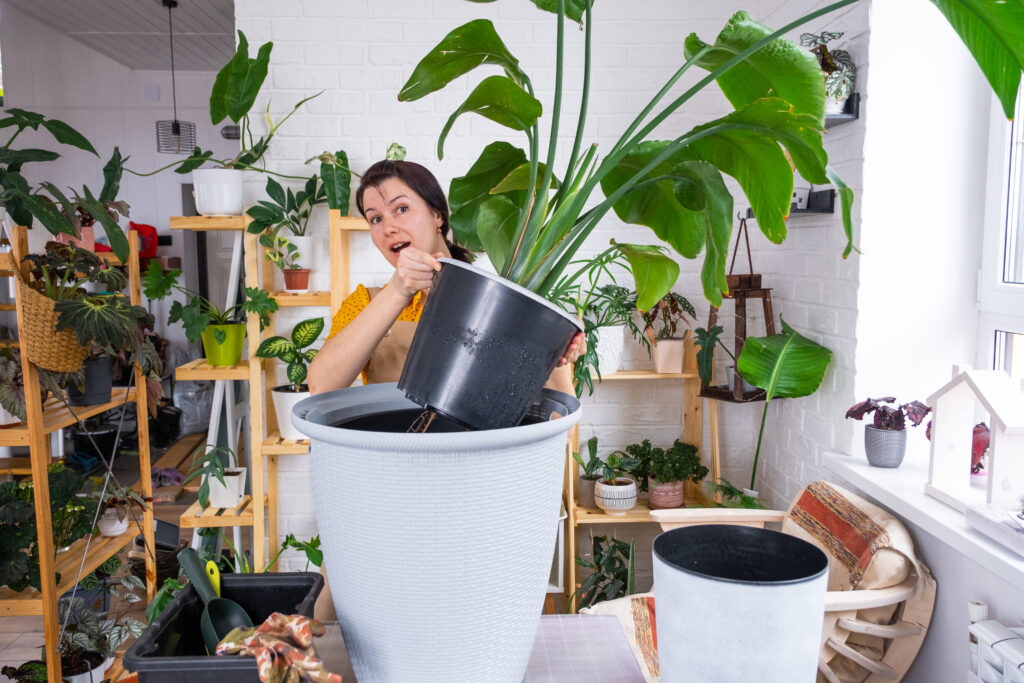Master the Art of Composting Indoors for Healthier Herb Gardens
If you want to supercharge your herbs without sacrificing precious outdoor space, composting indoors is the way to go. This eco-friendly practice transforms kitchen scraps into nutrient-rich soil that can boost plant vitality and minimize your carbon footprint. Perfect for both beginners and seasoned green thumbs, indoor composting can be adapted to small apartments or larger households. And when combined with advanced techniques such as specialized substrates and exotic herb choices, you’ll see just how transformative homemade compost can be.
Below, you’ll find a detailed guide on setting up your indoor composting system, maintaining optimal conditions, and using that nutrient-packed soil to fuel robust herb growth. By the end, you’ll be ready to harness the power of decomposition right in your kitchen or closet.
Why Compost Indoors?
- Sustainability
- Reduces food waste by converting scraps into valuable organic matter
- Lowers your ecological impact and landfill contributions
- Year-Round Soil Production
- Continue composting through any season
- Always have rich, fertile mix on hand for indoor herb gardens
- Compact Setup
- Perfect for urban dwellers or anyone lacking a backyard
- Small bins or worm composting systems fit neatly in a cupboard or corner
Advanced Techniques for Experienced Hobbyists

Specialized Substrates
- Combine finished compost with coco coir or perlite to improve aeration and drainage
- Optimal for herbs requiring well-drained media
Exotic Herb Choices
- Once your compost matures, use it to grow rarer herbs like epazote or lemongrass
- These plants benefit from the robust nutrient profile of homemade compost
Refined Humidity Control
- Keep compost slightly moist but not soaked
- Use a spray bottle to adjust moisture levels, and monitor with a simple hygrometer if needed
Getting Started with Indoor Composting
- Choose a Composting Method
- Bokashi: Fermentation-based process; works quickly but needs Bokashi bran
- Vermicomposting: Worms break down scraps; can produce compost in a small bin
- Set Up Your Bin
- Ensure good airflow and minimal light exposure for worm composting
- Bokashi systems come with airtight lids to encourage fermentation
- Add Your Materials
- Fruit and veggie scraps, coffee grounds, and tea leaves are compostable
- Avoid large amounts of dairy, meat, or oily foods to prevent odors
- Monitor and Maintain
- Turn or mix the compost weekly to distribute microbes and oxygen
- Check moisture levels; add dry leaves or shredded paper if it’s too wet
Using Compost in Herb Gardens
- Mixing Ratio: Blend finished compost with potting soil at about a 1:3 ratio
- Transplanting: Refresh older herb pots by replacing the top layer of soil with fresh compost
- Nutrient Boost: Feed compost tea (steeping compost in water) to your herbs every few weeks
Whether you’re short on outdoor space or simply want a convenient way to nourish your plants, composting indoors can make a huge difference in the health and productivity of your herb garden. By mastering moisturecontrol, choosing the right composting method, and strategically applying finished compost to your potting mix, you’ll create an ideal environment for vibrant, flavorful herbs. It’s a win-win: you reduce waste while giving your greenery the ultimate nutrient boost.




